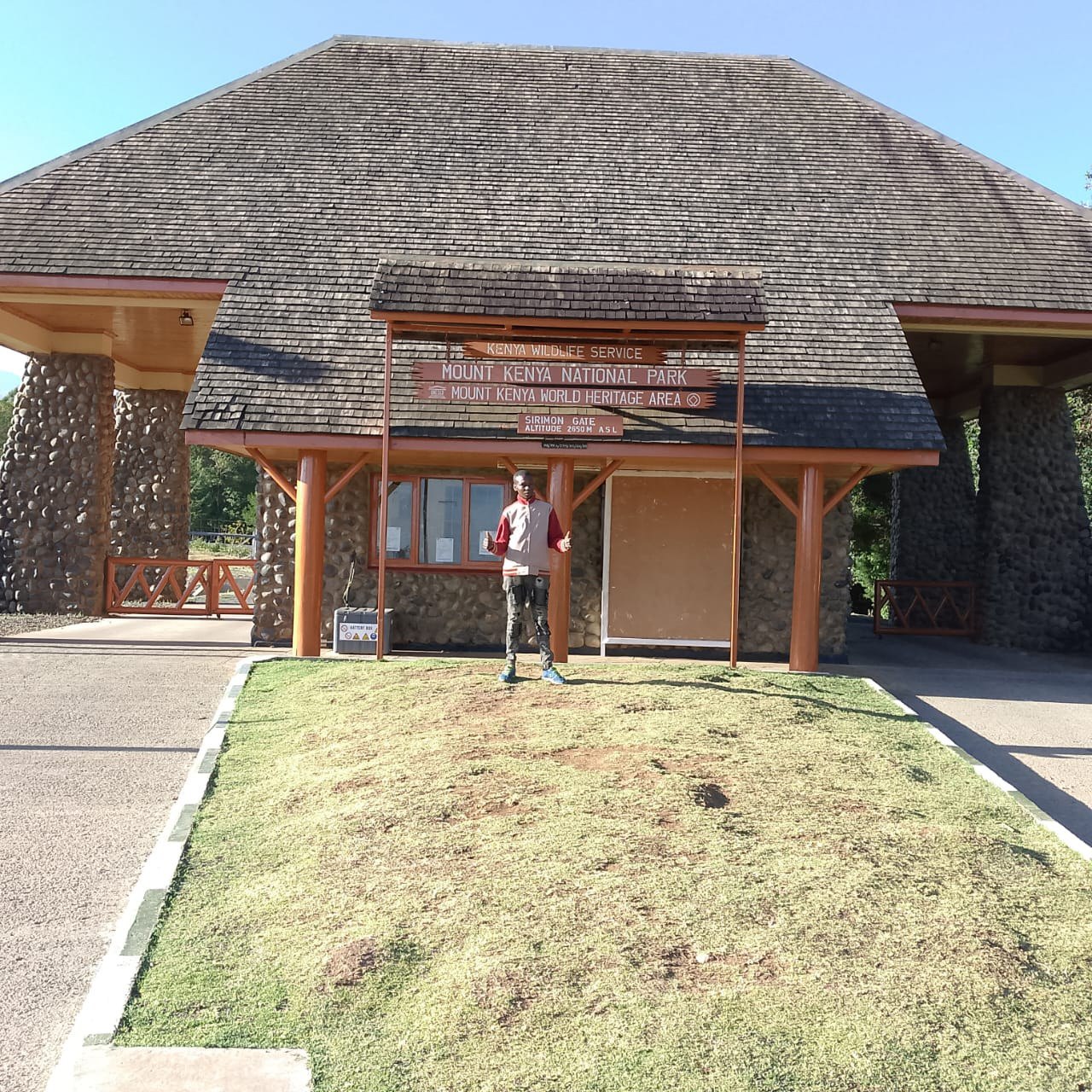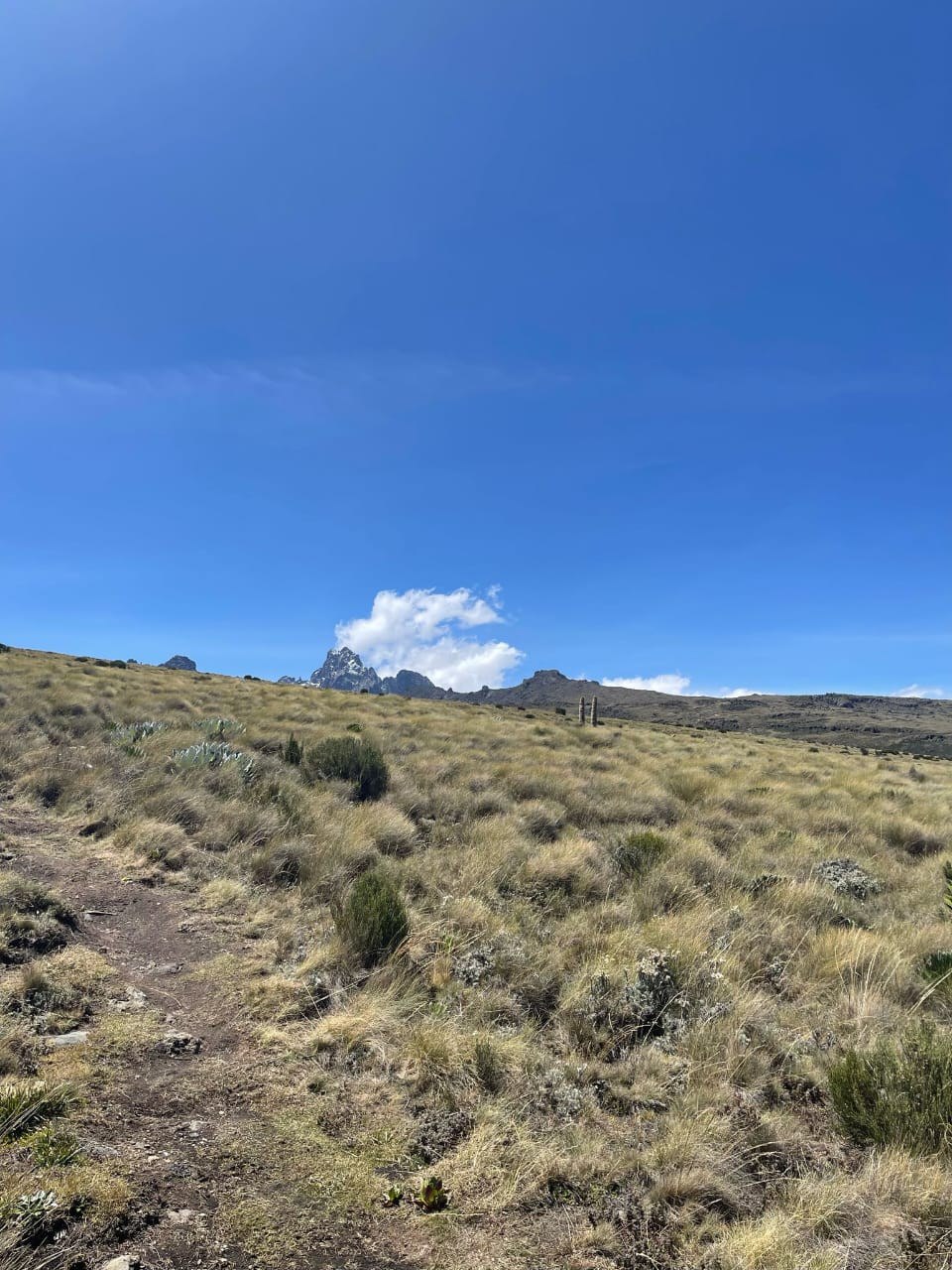
Hiking is not just a walk in the park; it’s an exhilarating journey through nature’s wonders. But before you lace up your boots and hit the trail, proper preparation is key to ensure a safe and enjoyable experience. In this comprehensive guide, we’ll cover everything you need to do to prepare for a hiking adventure, from physical conditioning and gear selection to trail planning and safety precautions.
Physical Conditioning
- Start Early: Begin your training regimen at least six to eight weeks before your hike, especially if you’re tackling challenging terrain or long distances.
- Build Strength: Focus on strengthening your lower body muscles, including your quadriceps, hamstrings, calves, and glutes, to handle the demands of uphill climbs and rugged trails.
- Improve Endurance: Incorporate cardiovascular exercises like hiking, running, cycling, or swimming to build endurance and stamina for long hours on the trail.
- Flexibility and Balance: Include exercises that improve flexibility and balance, such as yoga or Pilates, to prevent injuries and navigate uneven terrain with ease.
Gear Selection
- Footwear: Invest in high-quality hiking boots or shoes that provide ankle support, traction, and protection against rocks and debris. Make sure to break them in before your hike to prevent blisters and discomfort.
- Clothing: Dress in layers to regulate your body temperature and protect against changing weather conditions. Choose moisture-wicking and breathable fabrics to stay dry and comfortable throughout your hike.
- Backpack: Select a backpack that fits comfortably and distributes weight evenly across your shoulders and hips. Pack essential items like water, snacks, first aid kit, navigation tools, extra clothing, and emergency supplies.
- Navigation Tools: Carry a map, compass, GPS device, or smartphone with GPS capabilities to navigate unfamiliar trails and stay on course.
- Safety Gear: Pack a whistle, flashlight, multi-tool, fire starter, and emergency shelter in case of unforeseen circumstances or emergencies on the trail.

Trail Planning:
- Research: Gather information about your chosen trail, including distance, elevation gain, terrain, trail conditions, and weather forecast. Consult guidebooks, websites, trail maps, and local authorities for up-to-date information.
- Trailhead Information: Know the location and accessibility of the trailhead, parking facilities, restroom facilities, and any permits or fees required for hiking in the area.
- Trail Etiquette: Familiarize yourself with trail etiquette and regulations, including Leave No Trace principles, yielding to other hikers, and respecting wildlife and natural habitats.
- Plan Your Route: Create a detailed itinerary with planned rest stops, landmarks, and turnaround times. Share your itinerary with a trusted friend or family member and inform them of your expected return time.
- Weather Monitoring: Monitor weather conditions leading up to your hike and be prepared for changing weather patterns. Consider rescheduling your hike if severe weather is forecasted.
Safety Precautions
- Hiking Buddy: Whenever possible, hike with a companion or in a group for added safety and support, especially on remote or challenging trails.
- Hydration and Nutrition: Stay hydrated by drinking plenty of water before, during, and after your hike. Pack nutritious snacks and meals to fuel your body and replenish lost energy.
- First Aid Kit: Carry a well-stocked first aid kit with essential supplies like bandages, gauze, antiseptic wipes, pain relievers, blister treatment, and any personal medications.
- Emergency Communication: Bring a fully charged cell phone or satellite communication device with you for emergencies. Ensure you have a signal or backup plan for communication in areas with limited cell coverage.
- Know Your Limits: Listen to your body and know when to take breaks, turn back, or seek assistance if you encounter difficulties or signs of fatigue, dehydration, or injury.
Conclusion
Preparing for a hiking adventure requires careful planning, physical conditioning, and the right gear to ensure a safe and enjoyable experience. By following these comprehensive guidelines, you’ll be well-equipped to tackle any trail with confidence and embark on an unforgettable journey through nature’s wonders. So gear up, lace up your boots, and get ready to explore the great outdoors!









Comments (2)
zoritoler imol,
12 December, 2024I went over this internet site and I conceive you have a lot of excellent information, saved to my bookmarks (:.
vorbelutr ioperbir,
11 November, 2024I conceive you have noted some very interesting details , regards for the post.